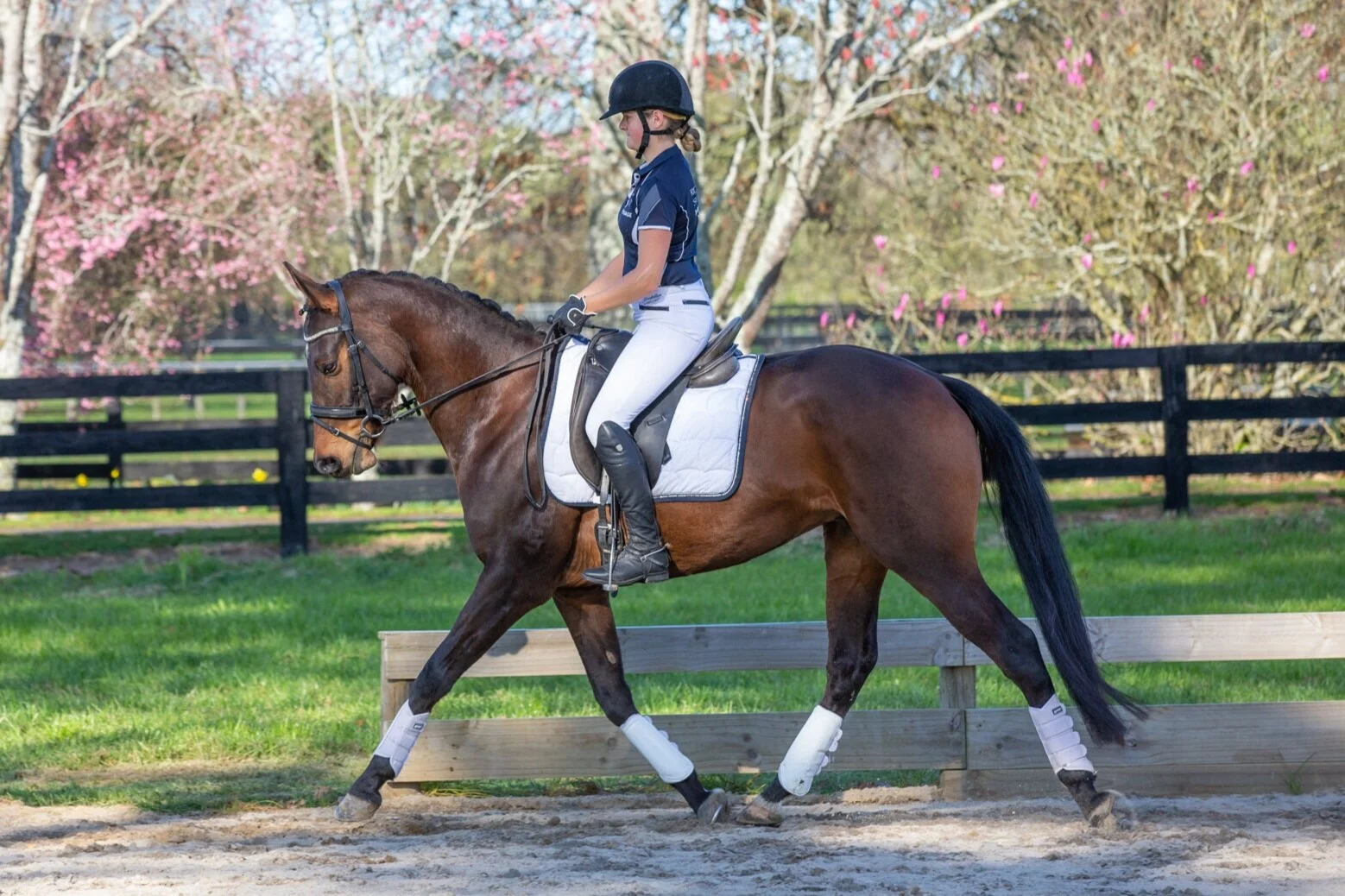How To: Choreograph a Musical - Part 2
What are the judges are assessing when scoring your choreography?
There are a lot of things that judges have to consider when they’re evaluating the design of your choreography such as the use of the arena, the inventiveness and the flow of the test. At the same time, they also have to concentrate on your technical performance, give directives to a writer and listen to the music! As a result, scores from different judges can vary quite a lot, but you want to give yourself the best chance of scoring well for your choreography by asking yourself the following questions:
Am I using the whole arena?
Is my choreography symmetrical?
Is it original and creative?
Does the pattern flow?
Are all of the movements easily recognizable?
Are the exercises combined well?
Have I shown any movements excessively or not enough?
Do I have a good balance between straight lines and curves, extensions and collections, highlights and quieter moments?
Can the judge at C clearly see everything that I’m doing? Are there any movements that a judge on the side of the arena would be unable to see?
Are there dramatic moments combined with quieter phases and an impressive finish?
This list can seem a little overwhelming, but it is something that I run through with every musical that I choreograph. The first 5 are particularly important, and for a good score I believe that you need to be able to confidently answer yes to all of them. The final 5 bullet points are considerations for fine tuning your choreography and are the difference between a good choreography and a great one.
If you’re choreographing your own musical, it can be a good idea to play around with different movements and combinations of movements when you’re riding at home. When I create the choreography I often have a few core movements that I wish to include (usually because they show off the horse’s strengths and are creative/innovative/interesting) and then look for ways to link up those core movements. Once you’ve done that you will have a draft plan and can then work through the above questions and make any changes if necessary.
Stephen Clarke (FEI 5* Judge) gives the following score guidelines:
Marks of 5.5 or below should be given when a compulsory movement is not included, there is poor use of the arena, movements are difficult to identify, or there is excessive use of one pace or one movement. If more than one compulsory movement is omitted the mark should not be higher than 5.
Marks of 6 and 6.5 are appropriate when the movements are performed as set out in the standard tests at the level although in a different order.
Marks of 7 and 7.5 are warranted when the movements are performed in innovative places or performed in innovative combinations.
Marks of 8 and above are warranted when the design of the pattern is balanced, and the combination of movements and transitions are particularly innovative.
This is a guide only as dressage is a subjective sport, but it helps to give a little more clarity around what exactly is being assessed in the ‘Choreography. Inventiveness. Use of the Arena’ mark.
Nicole x

